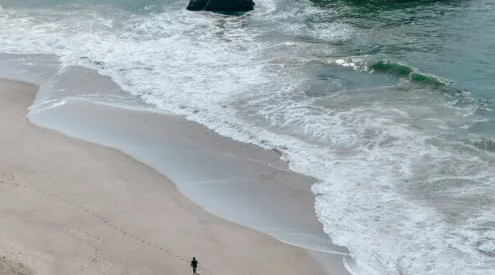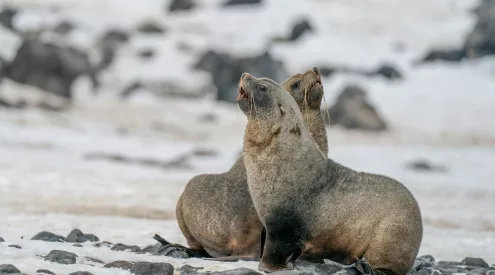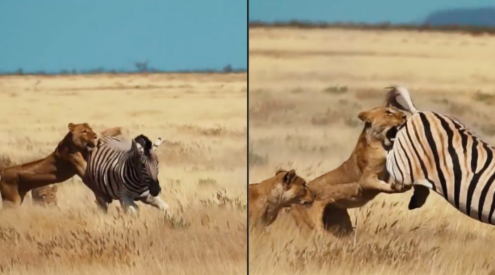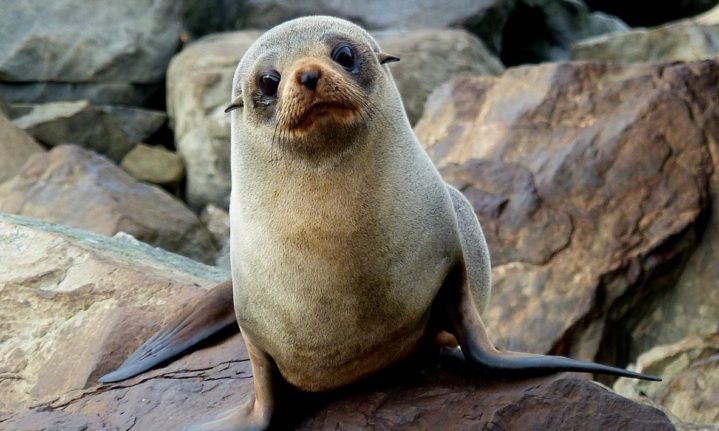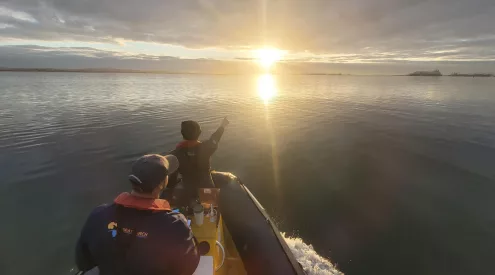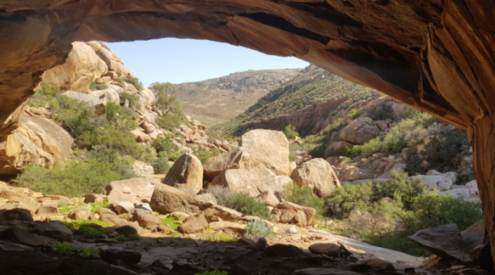After an extended hiatus due to excessive hunting by humans, New Zealand’s sea lion population is finally returning to the coast. The species once flourished in the island nation, and their numbers are now finally increasing again each decade due to conservation efforts.
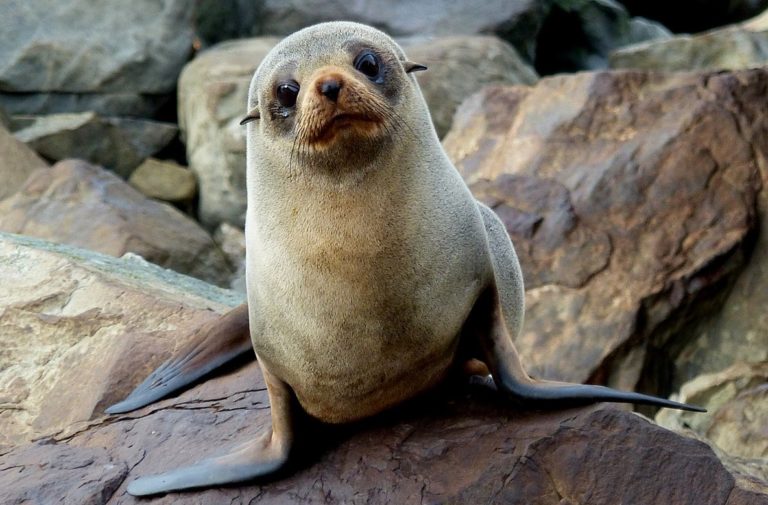
The New Zealand sea lions are known to be the deepest divers of the otariid seals, often reaching depths of up to 500 metres.
There are now an estimated 12,000 individuals of the endangered animal, according to Science Daily.
Recently, sea lions have been spotted interrupting the daily activities of New Zealanders by showing up at soccer matches and diving into community swimming pools. Now, a team of researchers have created interactive maps to make information available to the public about areas that form part of the sea lions’ on-land habitats to help protect them.
This Integrated Species Distribution Model Database records data such as breeding grounds where females hide their newborn pups, and will help researchers put protocols and warnings in place to avoid human-sea lion interactions after some have been hit by cars, gotten into fights with dogs or gotten injured as a result of other human-related incidents.
‘It’s one thing for wildlife rangers to look out for sea lions on sandy beaches, but it’s another challenge for them to tromp through forests to find baby sea lions hiding under the trees,’ said Veronica Frans, lead conservationist of the project. ‘While we can’t know for sure where female sea lions will go on the mainland, we can use models to make helpful predictions.’
Picture: Wikimedia Commons
ALSO READ



